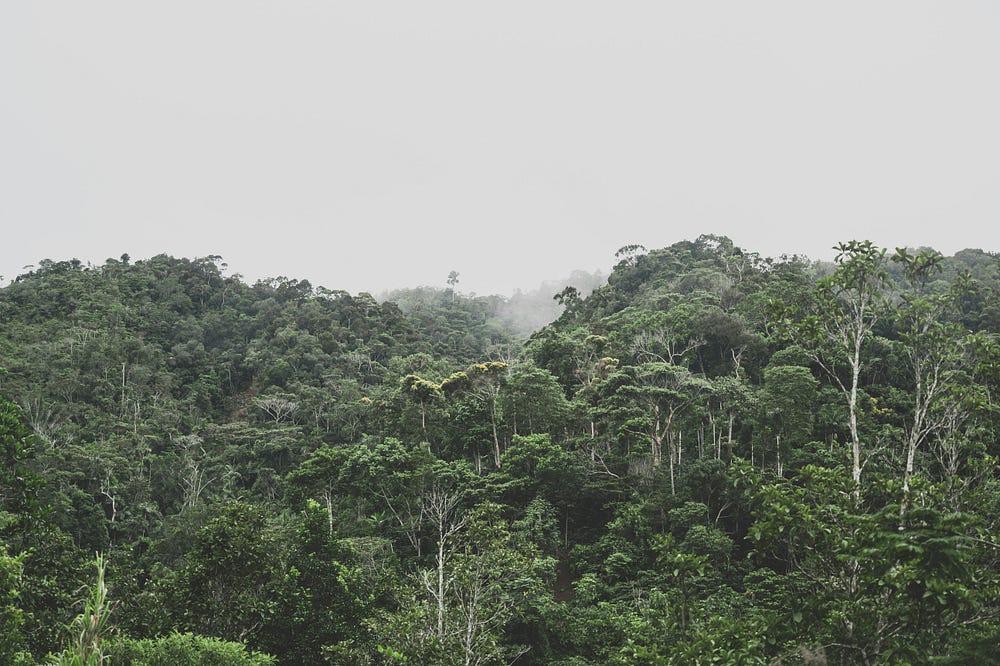

What Is The Amazon “Tipping Point,” Exactly?
source link: https://medium.com/the-environment/what-is-the-amazon-tipping-point-exactly-9ef88eeaafca
Go to the source link to view the article. You can view the picture content, updated content and better typesetting reading experience. If the link is broken, please click the button below to view the snapshot at that time.
What Is The Amazon “Tipping Point,” Exactly?
And what will it mean for the future of our planet?

At 6.7 million square kilometers in size — an area about twice the size of India — the Amazon Rainforest accounts for half of the remaining rainforest on Earth. It is the largest swathe of contiguous forest left on the planet, and it is home to more than 10 percent of the world’s terrestrial biodiversity: 2.5 million species of insects; 40,000 species of plants; 2,500 species of trees; 1,300 species of birds; hundreds of species of mammals, reptiles, and amphibians. The trees of the Amazon store between 15 and 20 years worth of global carbon dioxide emissions, and the rainforest has a “net cooling effect that helps to stabilize the Earth’s climate,” to borrow the words of a recent Nature paper, largely thanks to the volumes of water that these trees absorb from the soil and evapotranspire into the atmosphere.
“For 65 million years, Amazonian forests remained relatively resilient to climatic variability,” the recent Nature study states. “Now, the region is increasingly exposed to unprecedented stress from warming temperatures, extreme droughts, deforestation and fires, even in central and remote parts of the system.”
The Amazon Basin has been warming at an average of 0.27 degrees Celsius per decade since the 1980s. The forest’s central and southern regions have been warming even faster, at a rate of 0.6 degrees Celsius per decade. Today, dry season temperatures in the Amazon Basin are, on average, 2 degrees Celsius warmer than they were 40 years ago. The dry season has grown longer, too. “It used to be three to four months,” Carlos Nobre, a senior researcher at the Institute for Advanced Studies at the University of Sao Paulo, Brazil, a member of the Intergovernmental Panel on Climate Change (IPCC), and co-author of the recent Nature paper, told me. “Now, it’s four to five months.”
Droughts in the Amazon Basin have grown more common and severe as a result of climate change, as well. A study published by researchers from the World Weather Attribution (WWA) in January found that the drought that has been afflicting the Amazon Basin since the middle of last year was made 30-times more likely by climate change. This historic drought, the most severe ever recorded in the Amazon, has also been…
Recommend
About Joyk
Aggregate valuable and interesting links.
Joyk means Joy of geeK